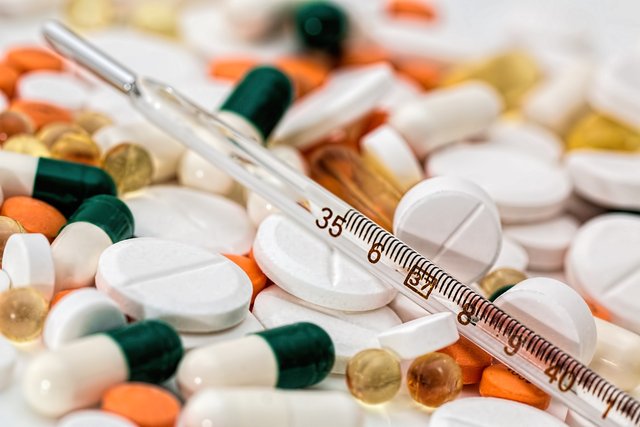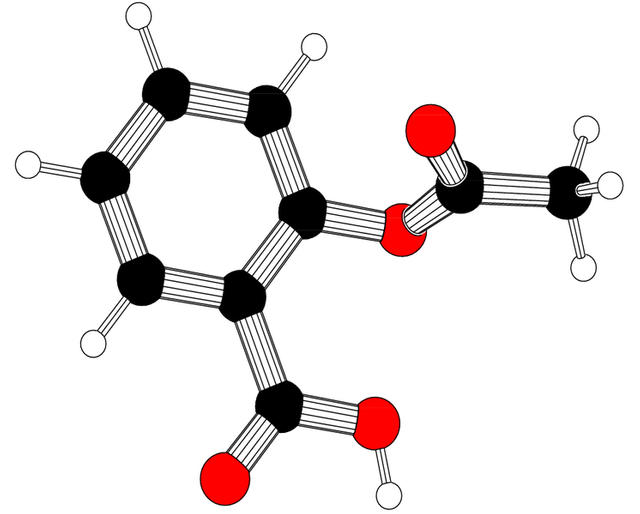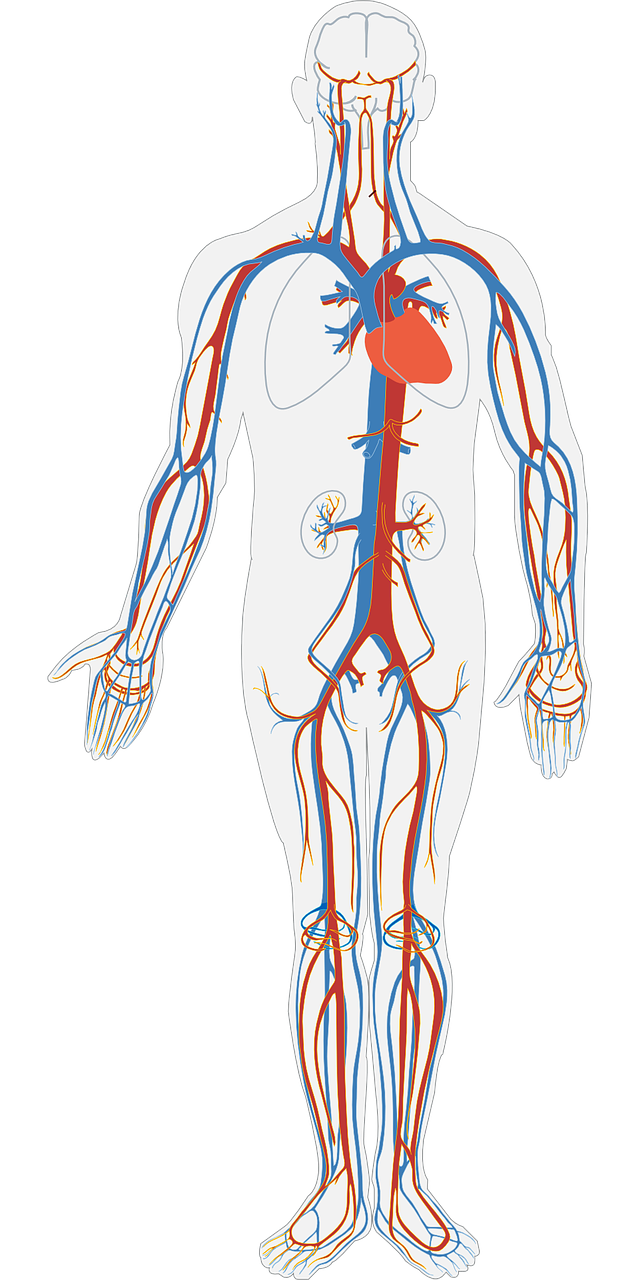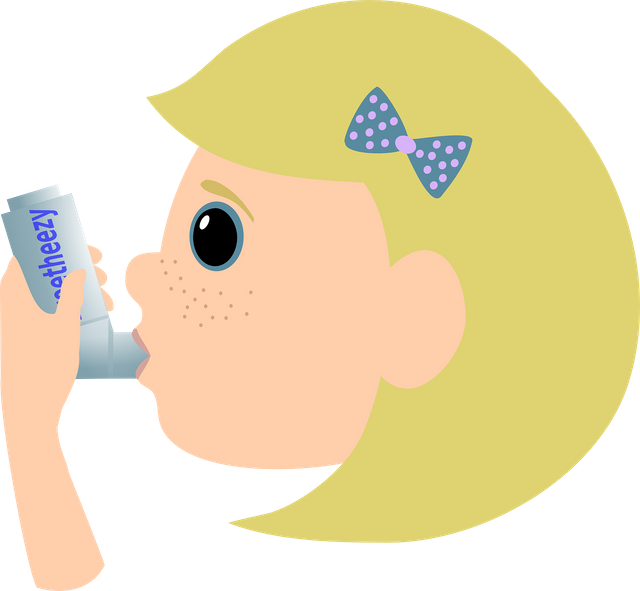The Concept of Eicosanoids, unravelling the Pathophysiology and its Mechanism of Action.
Unlike histamine however, eicosanoids are not performed in cells but are generated from phospholipid precursors on demand. They derived from certain polyunsaturated fatty acids (principally arachidomic acid). “Eicosa” is the Greek word from twenty, hence eicosanoids are so-called because they are essential membrane phospholipids derived from C20 carbon skeleton and contain 3,4 or 5 double bonds. Eicosanoids include;prostaglandins,
thromboxane, prostacyclin, lipoxins and leukotrieness. They are extremely prevalent and have been detected in almost every tissue and body fluid. Their production increase in response to diverse stimuli and they produce a broad spectrum of biological effects with significant physiological and pathophysiological implications. Interest in eicosanoids arose in the 1930s after reports that semen contained a lipid substance that contracted uterine smooth muscle.
Biosynthesis
The main precursor of the naturally occurring prostaglandins and thromboxane is the 20 –carbon unsaturated, essential fatty, acid 5,8,11,14 – eicosatetranoic acid (arachidonic acid). The structurally related 8,11,14 eicosatrienoic acid is converted to prostaglandins such as PGE, that have one double bond. The polyunsaturated fatty acid 5,8,11,14,17 –eicosapentaenoic acid (EFA) is converted to triene prostanoids, for example PGE3. The first step in protaglandin synthesis is release of arachidonic acid from phospholipid stores by phospholipases within the cell membrane. Various stimuli, including mechanical disoration of the membrane, change in ion fluxes, ischaemia, hormones and drugs can activate tissue phospholipases by causing elevation of cytosolic concentration of Ca+. Once realsed, a portion of the arachidonate is metabolized rapidy to oxygenated products by several distinct enzyme systems, including cyclooxygenases or one of several lipoxygenases or cytochrome p450s. Synthesis of PGs is accomplished in a stepwise manner by complex of enzymes. The first enzyme in this synthetic pathway is prostaglandin endoperoxide synthase also called fatty acid cyclooxygenase (COX). There are two isoforms of COX, COX 1 and COX2. COX1 is constitutive and is responsibe for based release of prostanoids, whereas COX 2 is inducible by inflammatory stimuli such as endotoxin and pro-inflammatory cytokins , and its induction is inhibited by glucocorticoids. (such as dexamethasone). Importantly, aspirin and other NSAIDS inhibit COX. By inhibiting this enzyme, synthesis of all of the prostaglandins and thromboxanes is reduced. Oxidation by COX forms labile prostaglandins and thromboxanes. The particular arachidonic acid product formed in a given tissue depends on endoperoxide, this endoperoxide is a metabolizing enzyme is present. PGH2 are converted to PGE2 by endoperoxide redutases. Both PGH2 and PGE2 are converted to prostacyclin by prostacyclin synthase or to TXA2 by thromboxane synthase. Platelets produce TXA2 rather than prostacyclin synthase. Endothelial cells, produce primarily prostacyclin and also PGE2 and PGE2 but no thromboxane. Prostaglandins are not stored, they are synthesized in response to membrane stimuli and then act locally as mediators or regulators of biological events.
Inhibitors of Eicosanoid Biosynthesis
Aspirin and other NSAIDS inhibit COX. This inhibition is responsible for their adverse effects especially gastrointestinal ulceration and altrered renal function. COX 1 seems to have primarily a “housekeeping” role. It regulates normal physiological function in the gut and kidneyand is involved with platelet activation. The COX 2 enzyme is induced during inflammation and tissue repair and also has significant physiological roles to play in reporudctio and renal function. The therapeutic effects of NSAIDS are largely attributed to the inhibition of COX -2 where as the adverse effects of these drugs are mediated through COX 1 inhibition. Thus, selective inhibitors of COX 2 such as Celecoxib and Rotecoxib may have anti-inflammatory action without the side effects of non-selective COX inhibitors.
General Mechanism of Action
The eicosanoids are local mediators that elicit biological effects by binding to specific cell surface receptors. Most of these binding appear to be G-protein linked and the pharmacological effects are receptor – based. Eicosanoids generally are short-lived. PGI2 inhibits intracellular cyclic adenosine morophosphate (cAMP) resulting in an increase in AMP levels, which in turn activates specific protein Kinases. These Kinases phosphorylate internal calcium pump protein leading to decreased free intracellular calcium concentration. PGD2 a precursor of TXA2 inhibits platelet aggregation also but by a different mechanism. TXA2 promote phosphatidyl inositol metabolism, leading to the formation of inositol 1,4,5 triphosphate (IP3 another secondary messenger).
IP3 causes mobilization of intracellular calcium and platelet aggregation. In the overall, the contractile effect of eicosanoids is mediated by the release of calcium, while their relaxant effect is mediated by generation of CAMP.
PHARMACOLOGICAL PROPERTIES OF EICOSANOIDS
1. Smooth muscle :
The most important known effects of prostaglandins are the contraction and relaxation of smooth muscles;
(A) Airway smooth muscle : PGE2 and PGI2 relax bronchial and tracheal muscle by causing an increase in CAMP which results in bronchodilation, wherea TXA2. PD2 and PGE2 contract broncho- tracheal muscles. Asthmatic patients are particularly sensitive to PGF2 & which may cause intense bronchospasms. TXA2 contracts human bronchial smooth muscle while PGI2 dilates it. Cysteinyl leukotrienes (Cys - LTs) are very potent contractile agents for human bronchi in vitro, being approximately on thousand times more potent than histamine.
(b) Gastro – intestinal smooth muscles: increased intestinal motility and smooth muscles contraction noted with PGs are mediated by PGE2, PGF2 and TXA2. PGE2 contracts longitudinal but relaxes circular smooth muscle, where PGF2 x contracts both. PGI2 may be involved in the local regulation of blood flow. PGE inhibits acid secretion and stimulates the secretion of mucus. These effects help to maintain the integrity of the gastric mucosa, and are referred to as the cytoprotective properties of PGEs.
(C) Uterine smooth muscles
Thromboxane A2 (TXA2) contract strips of non-pregnant human uterus which are relaxed by PGEs. uterine strip from pregnant women are uniformly contracted by PGFs and by low concentration of PGE while prostacyclin (PGI2) and high concentration of PGE2 produce rexation. The contractile and relaxant effects of the eicosanoids on the uterine smooth muscle are not mediated by means of the classic neurotransmitters such as acetylchdoine, catecholamine or histanmine.
2. Blood: PGI2 (synthesized by the vascular endothelium) and PGE2 inhibit platelet aggregation. As a result of potent inhibitory effect of PGI on platelet aggregation. It has been suggested that PGI controls the aggregation of platelet in vivo and contributes to the antithrombogenic properties of the intact vascular wall. TXA2 induces platelet aggregation. LTB4 promotes attachment of neutrophils to vascular endothelium and may thus contribute to inflammation. It is also a potent chemotactic agent for polymorphonuclear leukocytes, eosinophils and monocytes. The later actionbs are not shared by other leukotrines. PGAs and PGEs enhanbce erythropoietin.
3. Cardiovascular System: prostaglandins E2 and F2 have weaks positive inotropic effect and in generals, elicit increase in the cardiac output. PGEs cause relaxation of arteries, resulting in vasodilatation. Systemic lood pressure generally falls in response to PGEs and blood flow to most organs, including the heart, mesentery and kidney, is increased PGI2 and LTD4 constrict coronary arteries which may lead to reduction in coronary blood flow and hence hypotension.
4. Central Nervous System (CNS) :Numerous observations suggest a role of eicosanoids in cerebrovascular regulation. Prostacyclin has been characterized as a cerebral vasodilator in vitro and vivo, but therapeutic trials in patients with acute cerebral infarction have failed to demonstrate any effects of cerebral blood flow or neurological status. Both stimulant and depressant effect of prostaglandins on the CNS have been reported following their injection into the cerebral ventricles.PGE2 increases body temperature when administered into the brain.
5. Nociception : PGE2 and PGI2 sensitise the atterent nerve endings to noxious chemical and physical stimuli by lowering the threshold of the nociceptors. Hyperalgesia also is produced by LTB4. The release of these PGs and LTB4 during the inflammatory process serves as an amplification system for the pain mechanism.
6. Endocrine System : In vivo and in vitro studies have shown that PGE2 cause the release at growth hormones, prolactins thyroid stimulating hormes, adrenocorticotropic hormone, follicle stimulating hormone and lateinising hormone. PGF2 also increase the release of prolactin as well as causing increased progesterone secretion forms the corpus luteum. Metabolic effects of PGEs include ability to inhibit basal and catecholamine stimulated biolysis.
7. Kidney
PGE2 and PGI2 increase renal blood flow and produce dieresis, natriuresis and kaliuresis; hence they influence renal salt and water excretion.PGE antagonizes the actions of diuretic hormones.
THERAPEUTIC USES OF EICOSANOIDS
1. Obstetrics :
a) As an abortifacient : PGE2 act as oxytocic agents and have been used to stimulate the uterus to contract. They have equally been used as abortifacients and their efficacy in early has been established. Their effectiveness is increased in early abortions to 99% when given in combination with mitepristone (Mifegne(R)), an anticprogestine.
b) For ripening the cervix : PGs are also used in the prining or ripening of the cervix before abortion or delivery. They soften the cervix by increasing the proteoglycans and changing the biophysical properties of collagen.
c) Promotion of labour :White PGE2 or PGE2 caninduce labour at term, they may have more value when used to facilitate labour by promoting ripening and dilation of the cervix. (Augmentation).
2. Cardiovascular system effects:
Prostacylin promotes Na+ diversis and lowers peripheral and coronary resistance, ahnce it is used in the treatment of pulmonary hypertension. Eicosanoids are involved in thronbosis, especially thromboxanes which promote platelet aggregation and prostacyclin (PGI2) which inhibits it.
3. Erectile dysfunction :
Intracarvernosal injection of dinoproston PGE2, a vasodilator is important in the treatment of impotence when given alone or in combination with papaverine or phentolamine.
4. Respiratory system :
PGE may have additional therapeutic potential in asthma but its tendency to induce coughing is a serious imitation.
5. Gastrointestinal Tract:
PGEs play a cytoprotective role against gastric ulcers. Analogs of PGE, (rioprostil and misoprotol) and of PGE2 (enprostil, arbaprostil and trimoprostil) have been used to protect against gastric ulcer induced by either steroids or NSAIDs. Misoprostol is marketed as cytote(R).
THERAPEUTIC USES OF EICOSANOID INHIBITORS
1. Dysmenorrhoea:Most incidences of dysmenorrhoea are due to increased endometrial synthesis of PGF2 and PGE2 during menstruation which cause contractions of the uterus and consequent ischemic pain. Aspirin and other NSAIDS, particularly piroxicam inhibit the formation of these prostaglandins and so provide relief.
2. Coronary artery complications :The platelet thronboxane pathway is activated markedly in acute coronary artery syndrome. Low dose aspirin (40-325mg / day), which inhibits platelet cyclo – oxygenase, is beneficial in the secondary prevention of coronary and cerebrovascular diseases such as stroke and myocardial infarction. High dose leads to increase in side effects without corresponding increase in efficacy. The maximal effectiveness of such therapy appears to depend upon selective blockade of thromboxane A2 synthase by platelets without preventing productions of prostacycline by edoithelial alls.
3. patent Ductus Arteriosus : The pathway of the ductus arteriosus is maintained in part by local prostaglandins. As a result, in delayed closure at the ductus aretiosus, cyclo-oxygenase inhibitors (such as NSAIDS) could be used to inhibit synthesis of the vasodilators PGE2 and PGI2 and so allow closure of the ductus.a lso in premature infants who develop respiratory distress due to failure of ductus arteriosus to close, treatment with indomethacin has been successful.
4. Asthma:
Cysteiny leukotrienes produce a powerful contraction of the human bronch; Lipoxygenase inhibitors (such as zileuton) and sinhbitors of leukotrienes have been used with some therapeutic success in patients with asthma. Corticosteroids inhibit eicosanoid synthesis thereby limiting the amount of eicosanoid mediators that aggravate asthmatic episodes.
5. Inflammation : Pain is amplified in inflammations by the release of LTB and other hydro-eicosatetraenoic acids which as potent leukocyte chemotactic factors. Aspirin and other related NSAIDs are used to inhibit cyclo-oxygenase and this form the basis for their use in the treatment of arthritis Gout is treated with colchicines also as a result of its ability to inhibit the synthesis of LTB.
More loading, thanks for reading
Reference
=Anti inflammatory substances
=Effect of prostaglandins




This post has been voted on by the SteemSTEM curation team and voting trail in collaboration with @curie.
If you appreciate the work we are doing then consider voting both projects for witness by selecting stem.witness and curie!
For additional information please join us on the SteemSTEM discord and to get to know the rest of the community!